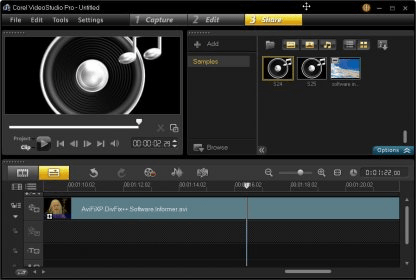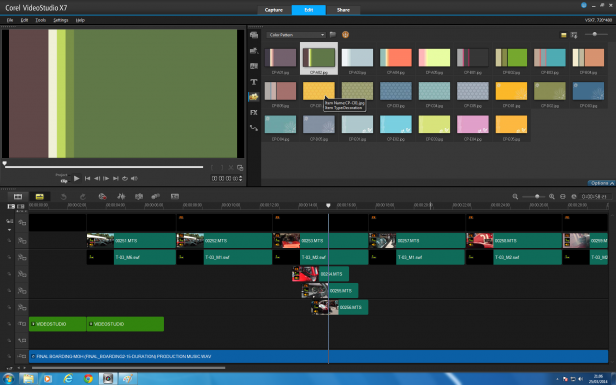


In VisualStudio, it’s the opposite: the top track is the main video track, and to place a clip over it you have to add it to the track beneath the main one. Therefore, usually, if you place a video clip on a track above the current one, it will obscure the first clip. Usually, layers reflect how the real world works: put a piece of paper on top of another and you can no longer see the sheet that’s now under it. One thing which takes a while to get used to if you’re used to editing video with other software packages is the fact that the layer concept is reversed. Unfortunately veteran editors may miss some traditional keyboard shortcuts like setting In and Out points or scrolling through the edit via the JKL keys. This is a good way to build an edit fast. You aren’t allowed to have any gaps in it so if you delete a clip, any remaining footage to the right of it will move to the left until the gap created by the deleted clip disappears.

Although good for novices, the other, more traditional mode view should be your go-to choice of interface, the main advantage being that you can work with multiple tracks. You can switch the Timeline between two modes: “Storyboard”, where each clip is represented by a large square icon, irrespective of its length. The look of the interface feels clean yet antiquated, like something that wouldn’t look out of place in the 1990s. Speaking of the Timeline, this is where you add media to your project and build your video.


 0 kommentar(er)
0 kommentar(er)
